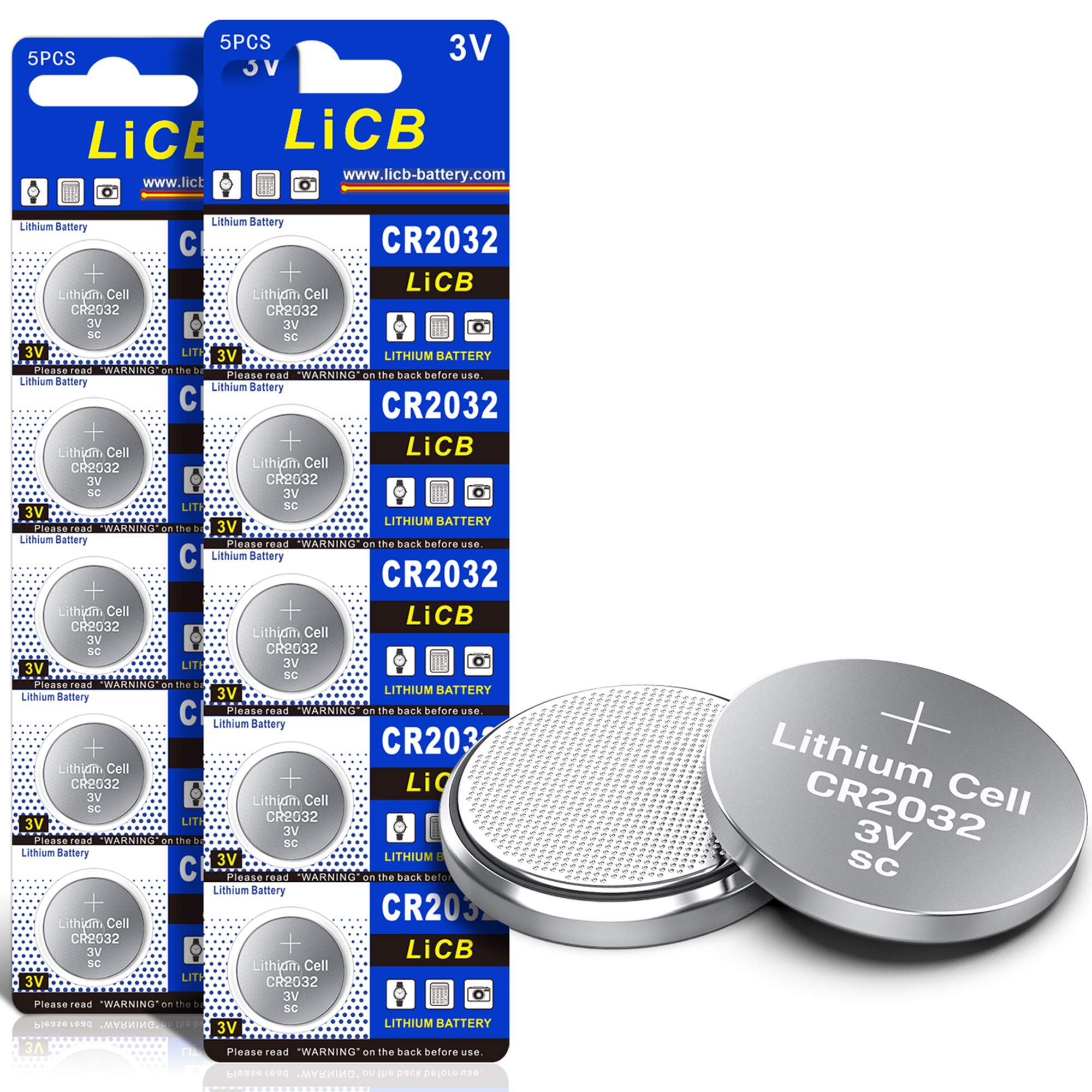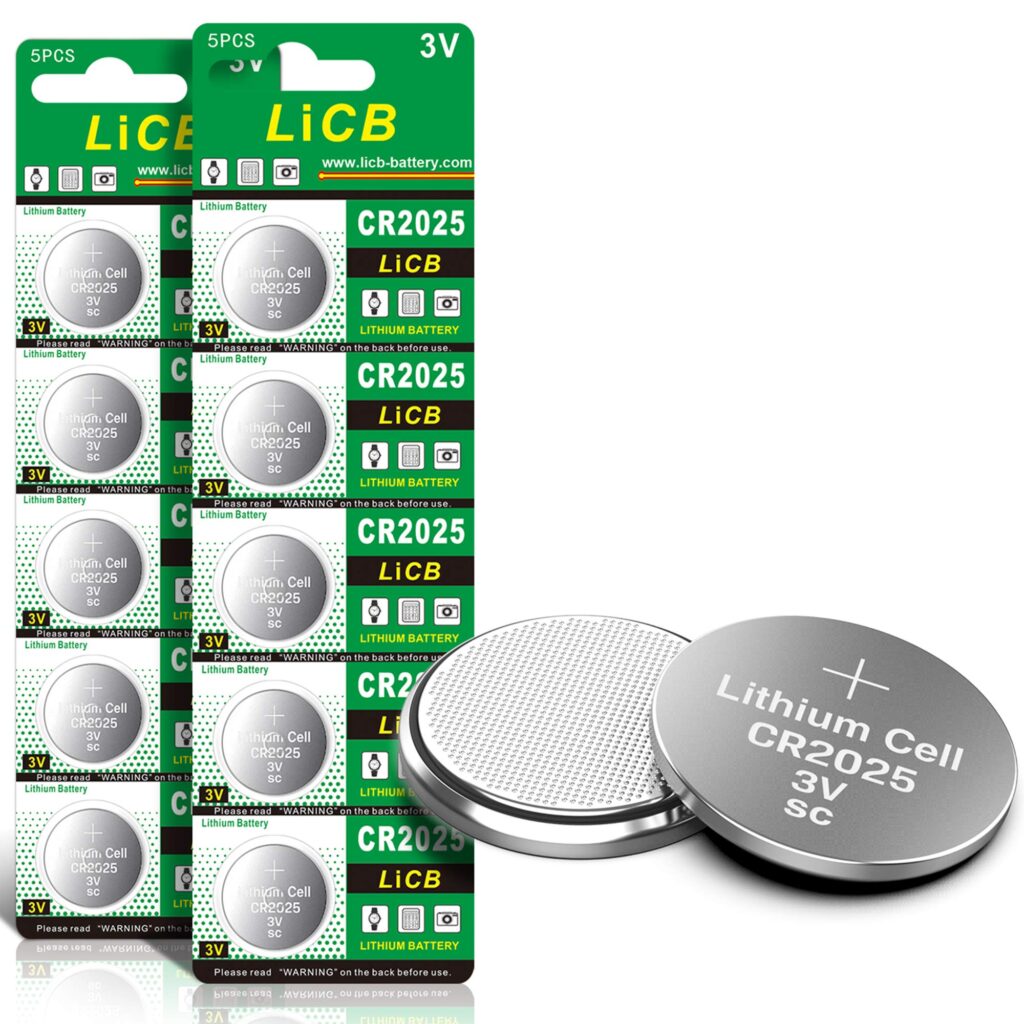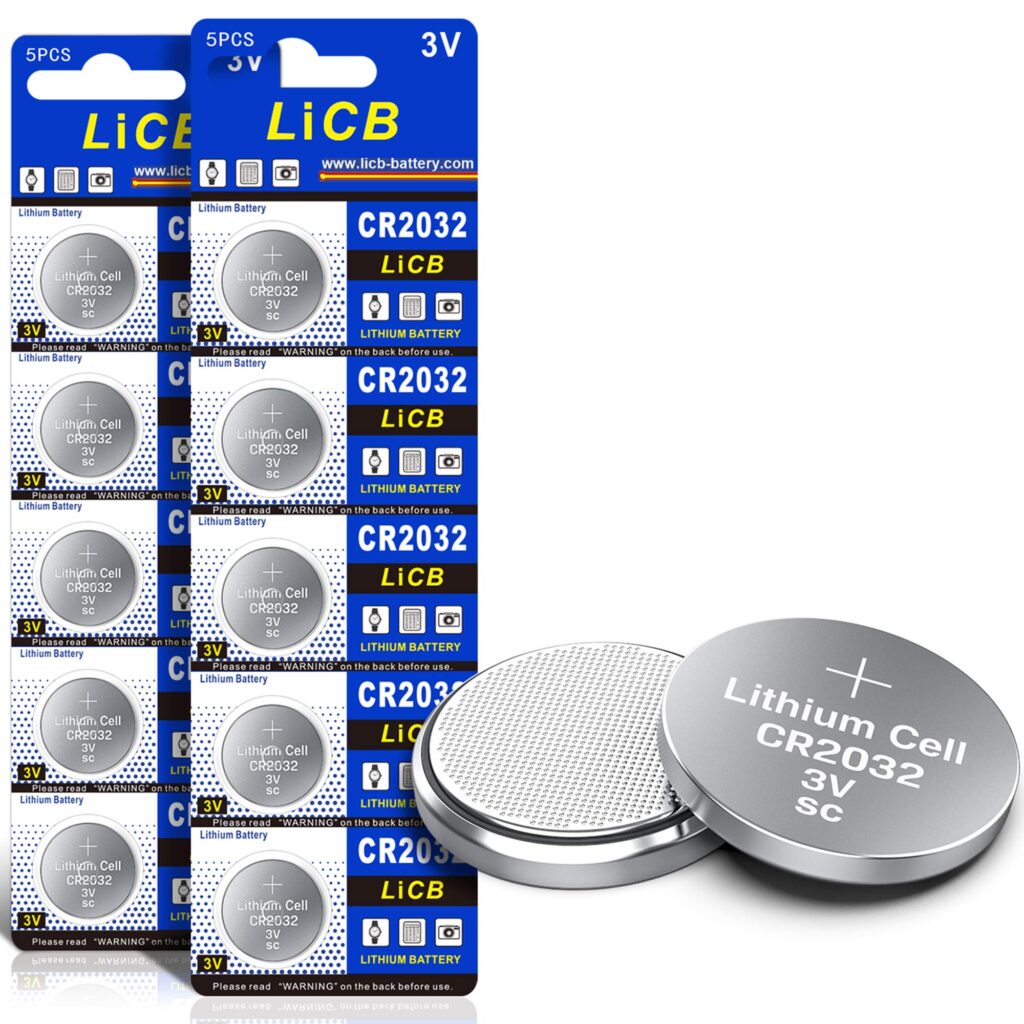In the realm of small electronics, batteries are the silent powerhouses that keep our devices running smoothly. The CR2032 and AG10 batteries are two popular coin cell batteries that serve a variety of applications. While both are small and round, they differ significantly in terms of capacity, voltage, and use case. This article aims to provide a comprehensive comparison between these two battery types, helping consumers make informed decisions based on their specific needs.
CR2032 Battery
The CR2032 is a lithium coin cell battery often used in devices like watches, calculators, and computer motherboards. Known for its long shelf life and high energy density, the CR2032 is a reliable choice for many low-drain applications.
AG10 Battery
The AG10, on the other hand, is an alkaline button cell battery commonly used in toys, small flashlights, and some medical devices. While it has a lower energy capacity compared to the CR2032, it is still a viable option for devices that require intermittent power.
Detailed Comparison Table
| Feature | CR2032 | AG10 |
|---|---|---|
| Image |  |
 |
| Type | Lithium Coin Cell | Alkaline Button Cell |
| Voltage | 3V | 1.5V |
| Capacity | ~220 mAh | ~70 mAh |
| Diameter | 20mm | 11.6mm |
| Height | 3.2mm | 3.1mm |
| Typical Applications | Watches, Computer Motherboards, Calculators | Toys, Small Flashlights, Medical Devices |
Informative Explanation of Features and Specifications of Both Products
CR2032 Features and Specifications
The CR2032 battery is renowned for its high voltage of 3 volts and a capacity of approximately 220 mAh. This makes it an excellent choice for devices that require a consistent and long-lasting power supply. Its lithium chemistry ensures a stable discharge rate, which is critical for precision devices like watches and medical instruments. The CR2032s larger diameter of 20mm allows it to store more energy, contributing to its extended lifespan compared to smaller, lower-capacity batteries.
AG10 Features and Specifications
In contrast, the AG10 battery has a voltage of 1.5 volts and a smaller capacity of around 70 mAh. Despite its lower energy density, the AG10s alkaline composition makes it suitable for devices that are used intermittently or require less power. Its compact size, with a diameter of 11.6mm, makes it ideal for small, portable devices where space is limited. The AG10 is often used in applications where cost-effectiveness and moderate energy requirements are prioritized.
Differences Between Products
The CR2032 and AG10 batteries differ primarily in their voltage, capacity, chemistry, and typical applications. The CR2032s 3V output and higher capacity make it suitable for devices that demand a stable, long-lasting power source. Its lithium chemistry ensures reliability and a longer shelf life, which is advantageous for devices that remain unused for extended periods.
Conversely, the AG10s 1.5V output and lower capacity are typical of alkaline batteries, which are better suited for intermittent use. The smaller size of the AG10 makes it more versatile for compact devices, though its shorter lifespan means it needs to be replaced more frequently. These differences highlight the importance of choosing the right battery based on the specific power requirements and usage patterns of the device in question.
Pros and Cons Section
CR2032 Battery

- Pros:
- High voltage and capacity
- Long shelf life
- Stable discharge rate
- Cons:
- Larger size may not fit all devices
- Higher cost compared to alkaline batteries
AG10 Battery

- Pros:
- Compact size
- Cost-effective for short-term use
- Widely available
- Cons:
- Lower voltage and capacity
- Shorter lifespan
- Less suitable for high-drain devices
Performance Evaluation and User Experience
When evaluating performance, the CR2032 stands out for its longevity and consistent output. Users often praise its reliability in critical applications where a sudden power drop could cause significant issues, such as in medical devices or critical electronic components like computer motherboards. The long shelf life is another key advantage, as users can stock up without worrying about significant power loss over time.
On the other hand, the AG10 battery is often favored for its affordability and availability. Users appreciate its low cost for devices that dont require a high power output or long battery life. However, feedback indicates that frequent replacements can be a disadvantage, especially in devices used frequently. This can lead to higher long-term costs and inconvenience for the user.
Ultimately, user experience with these batteries largely depends on the application. The CR2032 is preferred when reliability and power stability are critical, while the AG10 is more suited for less demanding, budget-conscious applications.
Final Recommendation and Conclusion
In conclusion, the choice between a CR2032 and an AG10 battery should be guided by the specific needs of your device and the context of use. For devices requiring a steady and long-lasting power source, the CR2032 is the superior choice despite its higher cost. Its reliability and higher capacity make it ideal for critical applications.
Conversely, the AG10 is a practical option for less demanding devices where cost and size are more important factors than longevity. Its affordability and compactness are beneficial in applications where the device is not in constant use.
Ultimately, understanding the unique features and limitations of each battery type can lead to better performance and user satisfaction, ensuring that your devices operate optimally for their intended purposes.


